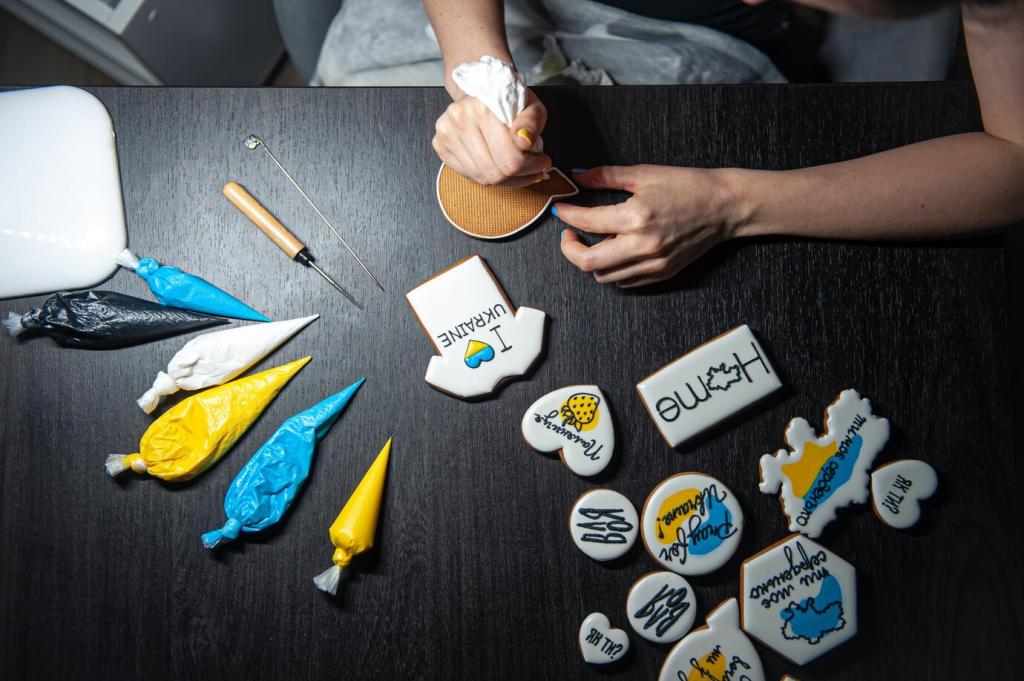Practices and Tools for Cross-Disciplinary Flow
Run discovery and delivery in parallel. Discovery sprints validate desirability and feasibility; delivery sprints industrialize wins. This rhythm respects scientific uncertainty and business timelines, ensuring you invest in building only after learning has de-risked the path ahead collaboratively.
Practices and Tools for Cross-Disciplinary Flow
Capture context, options, and decisions in searchable logs. Use lightweight templates and tags by function. When history is easy to find, onboarding accelerates, repeat debates fade, and stakeholders see how evidence evolved. Institutional memory becomes a competitive advantage rather than a bottleneck.






